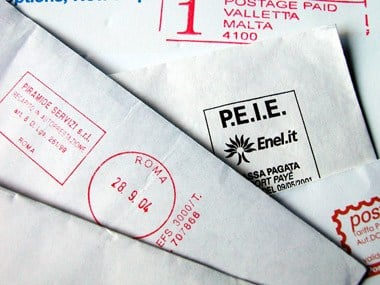The number one complaint is that people don’t get responses to the emails they send out. Here is an sampling of the statements I heard: “I can’t tell if my emails are being read or not. I hate it when people don’t respond.” “I don’t know when or if my emails are being read. Sometimes I feel like I’m spitting words into an electronic abyss.” “I can’t guarantee people are just throwing my emails away, but if they are reading them, they certainly aren’t responding.” Well, I don’t have all the answers, but I do have a few suggestions. Here are five ways to get faster responses through email.
1. Write shorter emails
People love to procrastinate. And anytime a long email hits our inbox, that’s another excuse to procrastinate. It’s hard to send a fast response to a long email because it requires time to read, time to digest, and time to respond. Moreover, most long emails include multiple questions or topics, which can make it tough for the reader to determine what is important within the message. This confusion often leads to more procrastination. On the flip side, it’s quite easy to send a short reply to a short email. It doesn’t matter what you’re talking about, a shorter email will always receive a faster response. If you want faster responses, then make it easy on the reader to respond. Ask them one question, talk about a single topic, and keep it short.
2. Write fewer emails
If you send people emails all the time, then they get used to seeing a message from you in their inbox. There is no sense of urgency associated with your message because they know that if they don’t reply… well, you’ll be sending another email soon. Don’t take advantage of the fact that you can email anyone at anytime. Teach people to value your emails by only sending one when you have something valuable and important to say.
3. Ask for a response
It sounds simple, but many times we forget to do so. We clearly explain the situation in our email — maybe we even provide a few action steps — but we often forget to clearly ask for a response. As the writer of the email, the next step always seems clear to us. For the recipient, however, it might not be so obvious. In the middle of a busy day — and we’re all busy — we need to be told what to do rather than guess at it. Make the next step clear for the reader by kindly asking for the action you want.
4. Start with a deadline
Another reason for delayed responses is a lack of urgency. As a society we have adopted a method of using deadlines to make up for our tendency to procrastinate. As a result, we often decide which tasks we are going to perform based on when certain projects are due. When it comes to email, this means that you need to state a clear deadline or risk waiting for a response until the recipient has “free time” — which is rarely. When you write your next email, try including a deadline in the first one or two sentences of the message. For example, “Hi Mark, Below is the TPS report for this Friday’s meeting — I would love to have your thoughts by Wednesday at 1pm. …” We’re conditioned to use deadlines. If you make it clear when you need a response by, then it’s much more likely that you’ll get the response by that date.
5. Only email one person at a time
If at all possible, never send an email to more than one person at a time. Even if it takes a few extra minutes to email everyone individually, you’ll find much better responses because of it. The reason for this is that people push responsibility off of their own shoulders and onto the group whenever possible.If you send a message to five people, then each person always assumes that the other four will do whatever tasks are outlined in the message. The result, of course, is that nothing gets done. If you have to message a group of people all at once, then do your best to assign tasks to specific people in the message. Otherwise, you’ll be waiting for a mystery man to step up and take action.
